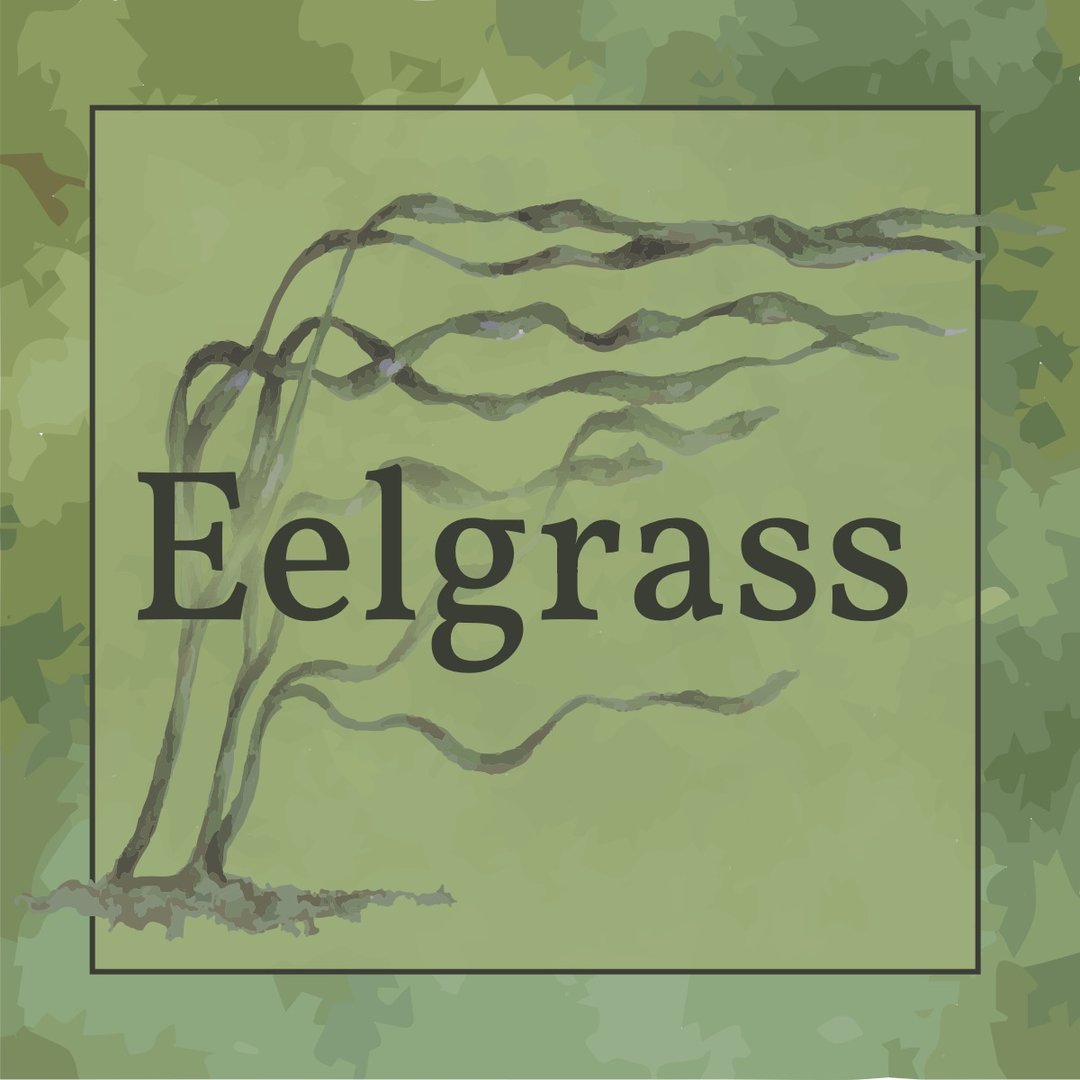
Eelgrass Protocol
Purpose
Eelgrass beds are an important ecological component of the nearshore, providing food and shelter for juvenile salmon and other fishes, crabs, small invertebrates, birds, and spawning habitat for herring. Eelgrass is also an important fixer of carbon as a primary producer. Eelgrass rhizome and roots stabilize sediments, and the leaves provide structure for a diverse food web. Zostera marina is the native eelgrass, and typically has longer blades and is lower tidally than the introduced Zostera japonica.
Protocol
Download the full protocol using land-based quadrat transects at the end of this page. With a few additions this protocol can also be appropriate for incorporation to SeagrassNet. Sub-tidal surveys can be done with SCUBA using the protocols for Hydraulic Project Approvals. Additional information on eelgrass and monitoring in Puget Sound can be found at the DNR SVMP website, and in a technical report from PSNERP.